Volubilis — Ancient Rome Speaks
Dispatch XXXI
It’s not every day that you get to wander a land where centurions, artists, builders and kings, Roman craftsmen, merchants and bureaucrats once trod two thousand years ago. At the height of the empire 20,000 “Volubilitani” walked these cobblestone streets. I imagined the horse and mule carts clattering through the city, the bustling markets, probably much like those in the Medinas of Fez — without the air conditioning. It all provided a sobering perspective on the human race and I was humbled.
Voices From Morocco’s Past
Taking a Guided Tour of Volubilis - Day 248 - May 31, 2022
Youssef and Jabriel picked us up from our riad in Fez (after another grand breakfast) and we swung inland to Volubilis, still another Moroccan UNESCO site. We would be walking the lands of the former home of Isidris I, and before that, the far southwestern seat off the Roman Empire, famed for its fertile olive groves. The city embraces over 20 centuries of human history. Even before the Romans set up shop, it was the capital of Mauretania under the Berber king Juba I, and later his Romanized son King Juba II, who was raised by Julius and Octavius Caesar and married to the daughter of Queen Cleopatra and Mark Antony. An impressive pedigree.
The Ruins of Volubilis outside of Fez Morocco (Photo - Chip Walter)
Morocco has built a modern and stunning museum on the premises loaded with examples of the city’s art and sculptures and interactive displays that illustrate its history and rediscovery beginning in 1915 when Morocco was still under French rule. You could write whole books about this place and so I am devoting an entire Vagabond Dispatch to the city.
Redouane was the guide in charge of us as we stepped out of the air conditioned car Jabriel was driving into the 100º heat. He was young, energetic, knowledgeable and fluent in English, which was good news for us. He quickly took us beyond the museum and among the city’s ruins.
“Yella, yella,” he said with his broad smile. Arabic for let’s get moving. Above us the cloudless sky and sun’s cyclopean orb baked us and the crumbling arches of the city’s ancient marble, friezes and mosaics. We wound through the remains of public buildings that included a basilica, temple, triumphal arch, baths, a circuit of walls over one and a half miles long and great houses with mosaic floors that still looked beautiful, if battered. Not another soul was in sight.
Cyn and Redouane walk toward Volubilis’ basilica (Photo Chip Walter)
It’s not every day that you get to wander a land where centurions, artists, builders and kings, Roman craftsmen, merchants and bureaucrats once trod. At the height of the empire 20,000 “Volubilitani” walked these cobblestone streets. I imagined the horse and mule carts clattering through the city, the bustling markets, probably much like those in the Medinas of Fez — without the air conditioning. It all provided a sobering perspective on the human race and I was humbled.
The Roman Empire at its Height
Here we were at the southwestern rim of an empire that stretched from the valleys of Morocco to the ancient city of Babylon. It reminded me that we are all blips in the human drama. Kingdoms, kings and queens come and go - Caesar, Alexander, Xerxes, Cleopatra, Isidris, Juba — and I thought of Percy Shelley’s poem “Ozymandias”:
“I met a traveller from an antique land,
Who said—“Two vast and trunkless legs of stone
Stand in the desert. . . .
… And on the pedestal, these words appear:
‘My name is Ozymandias, King of Kings;
Look on my Works, ye Mighty, and despair!’
Nothing beside remains. Round the decay
Of that colossal Wreck, boundless and bare
The lone and level sands stretch far away.”
All of us, one way or another, become Ozymandias.
The excavations that began more than 100 years ago have revealed several neighborhoods and inscriptions that together give some idea of the city’s storied past. The Roman Empire annexed the Kingdom of Mauretania in 42 AD and Volubilis' status was quickly elevated to a municipality. A city wall was built to enclose an area of 100 acres and a great Triumphal Arch was erected that testifies to the later Christianization of the population. By the time the Roman government and army evacuated in 285 AD (a period as long as the United States has existed), the city was teaming with Syrians, Phoenicians, Arabs, Jews and Spanish immigrants, but then the city began to decline until Idriss I arrived seven centuries later and made what was then known as Walila his capital.
Volubilis’ main road. (Photo - Chip Walter)
All around us lay ruins with a few spare Mediterranean cypress and olive trees that tossed some shade our way. The wooden, metal and clay tiles that once covered these buildings are long gone, but we could still see the outline of roads, walls, indoor gardens and fountains where water once flowed through sprawling and complex underground cisterns and plumbing systems. In one great house the remnants of a stunning mosaic bath (and one carved phallus) remained despite the hammering they had taken over the centuries. Beyond the walls lay acres of olive orchards, a reason for the region’s long importance as a trade center. We passed an ancient olive press, where the fruit was smashed by man and beast into oil that was as good as gold then (and now).
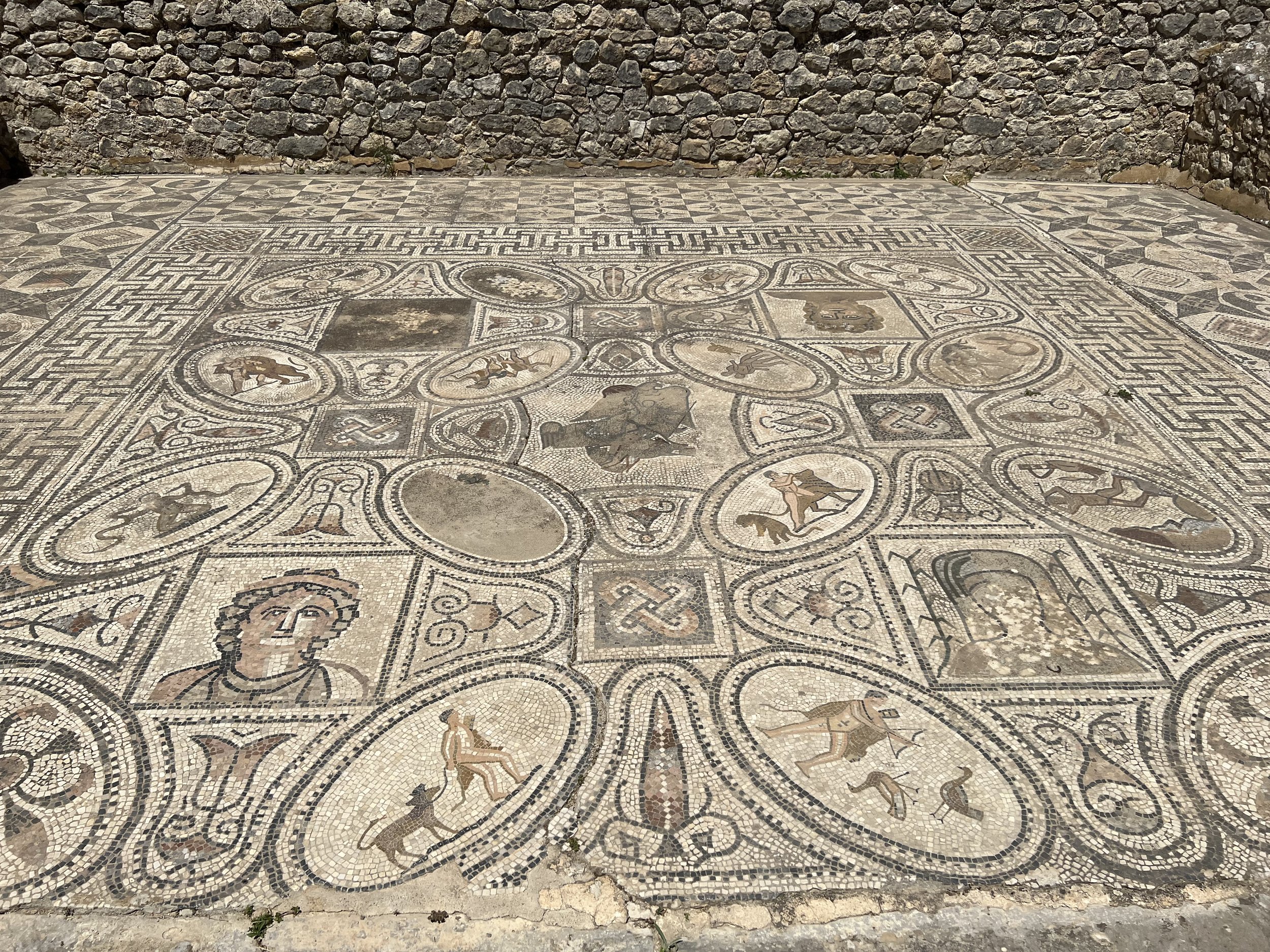
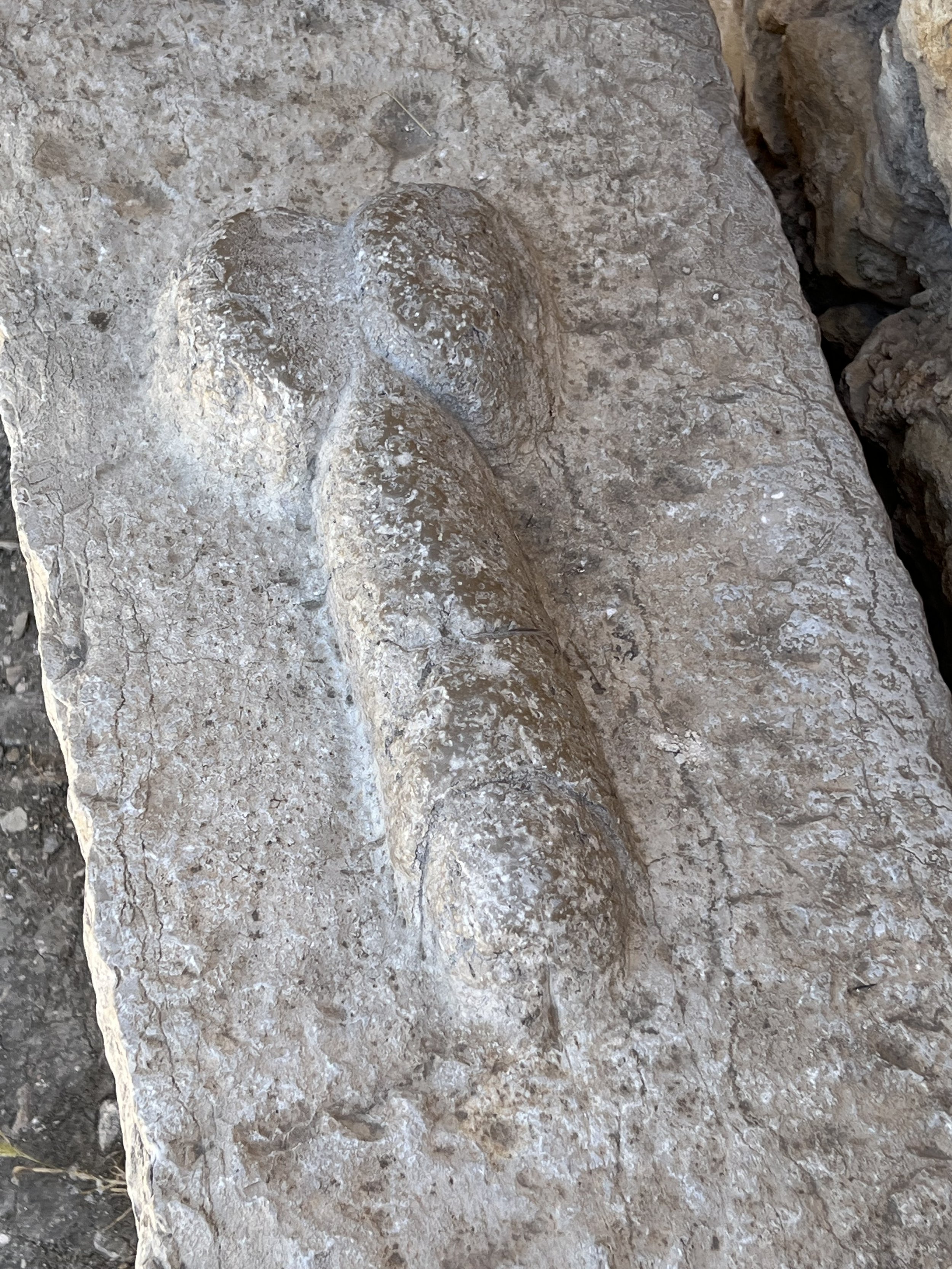
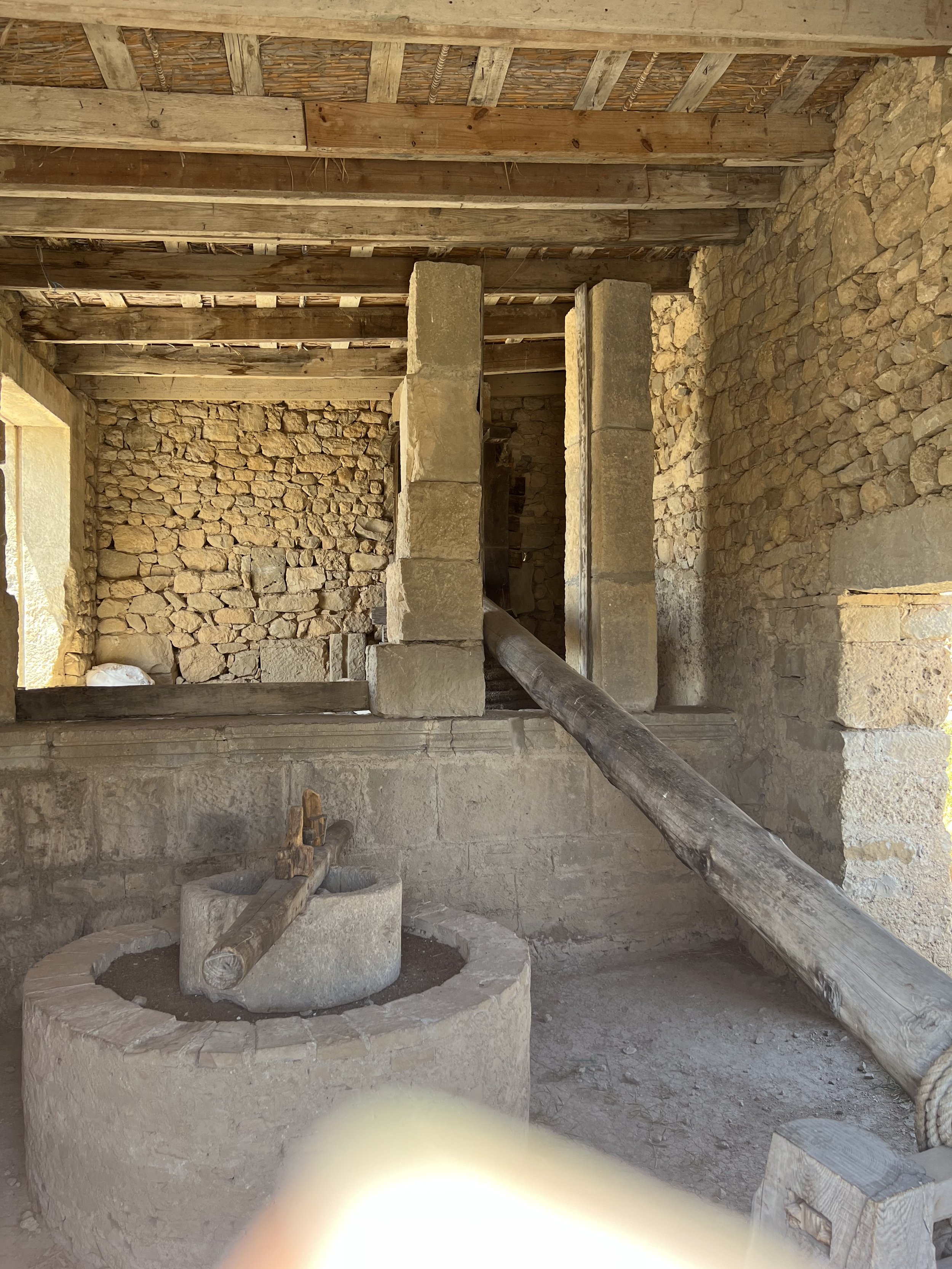
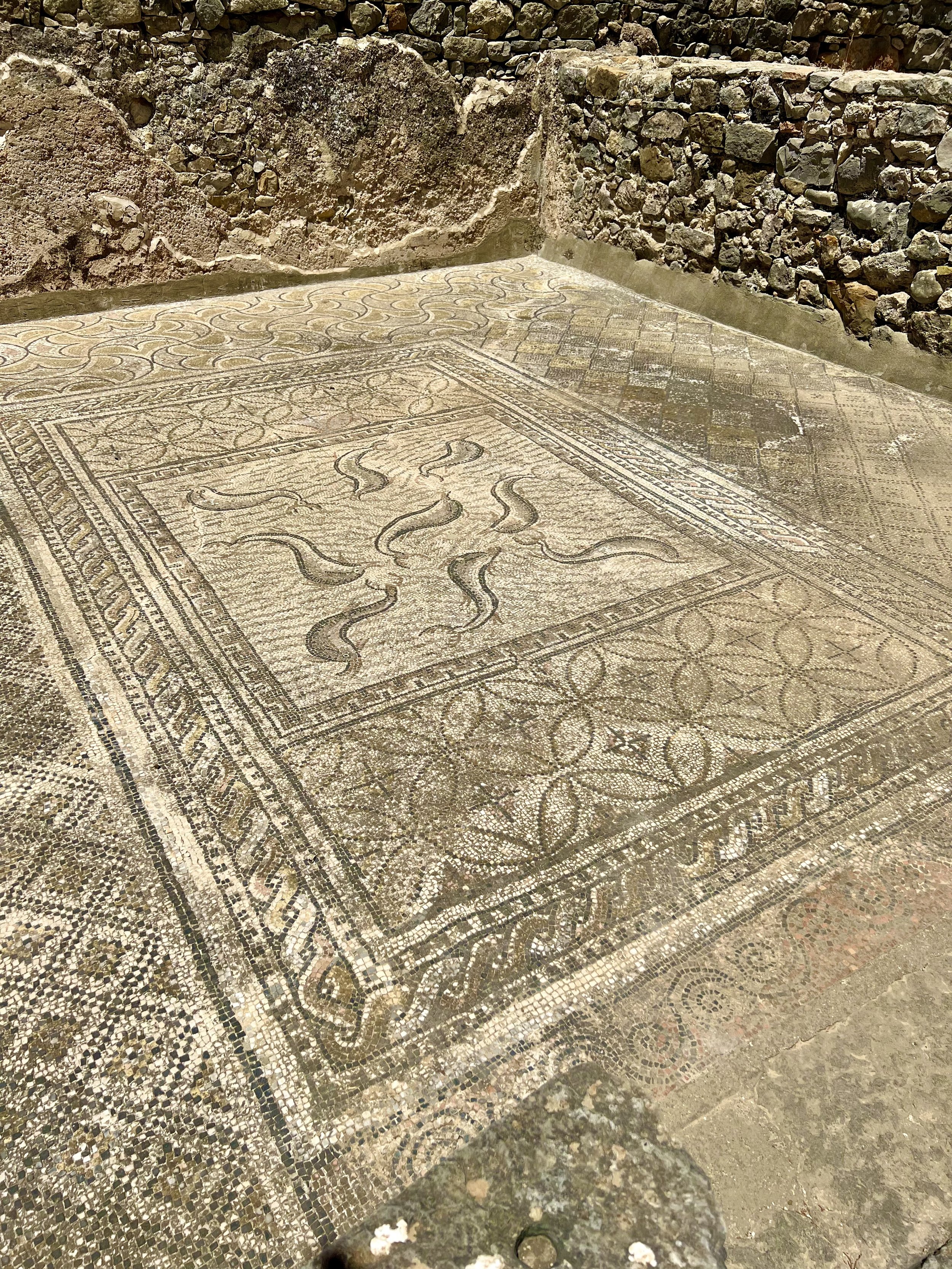

Little more than the stone steps and marble archways of the city’s basilica remained, a grand Roman palace where municipal courts adjudicated criminal trials, debated politics and held public ceremonies. And at the perimeter of the city, the great arch stood, a testament to the durability of marble, if not empire.
Back in our car, returning to Fez, I had to marvel at the complexity and richness of this city built so long ago. Despite the passage of all that time, I realized we are not very different here in the 21st century than the people who walked the streets of Volubilis, or the Medinas of Tangier and Fez centuries ago, except we have more technology, more ways to do both good and evil the way the Internet, nuclear power and combustion engines do. When will we learn to make plowshares of swords and leave it at that? The human dramas continue. Pain and goodness ebb and flow even as our numbers grow and we add complexity at an exponential rate to the human condition. Mostly goodness prevails within the human race. More often than not we humans have one another’s backs despite what my Alma Mater CNN might have to say, or Fox News, as each plays out the daily news cycle again and again. Otherwise we would long ago wiped ourselves off the planet. Even so, as we headed back to Fez and prepared for departure the next day, I couldn’t shake one thought from my mind: why do we seem to so often repeat the mistakes of the past?
This is Dispatch XXXI in a series about a Vagabond’s Adventures - journalist and National Geographic Explorer Chip Walter and his wife Cyndy’s effort to capture their experience exploring all seven continents, all seven seas and 100+ countries, never traveling by jet.
If you’ve enjoyed this journey, please take a look at Chip’s other adventures (and misadventures) … and don’t forget to check the Vagabond Journal and our Travel Recommendations to help you plan YOUR next adventure.
Sign up here to get our newsletters delivered to your email along with news and special offers in the Vagabond Adventure Store, including discounts on Chip‘s latest book and sci-fi thriller, Doppelgänger.
| Miles Travelled | 20,500 |
| Ferries | 8 |
| Transatlantic Ships | 1 |
| Trains | 12 |
| World Heritage Sites | 11 |
| States | 30 |
| National Parks and Monuments | 18 |
| Beds | 95 |
| Keys | More than a grand piano |
Morocco Recommendations
If you’re heading to Morocco or you’re shopping for ideas for your next excursion, we wanted to share our recommendations. Feel free to leave your own suggestions too in the comments below! We want the thousands of other vagabonds who have joined us to know about the places you’ve explored and about your own experiences in Morocco (or anywhere in the world, for that matter). Here are just a few suggestions. You’ll find hundreds more on our full Recommendations page. Get ideas and suggestions from around the world!





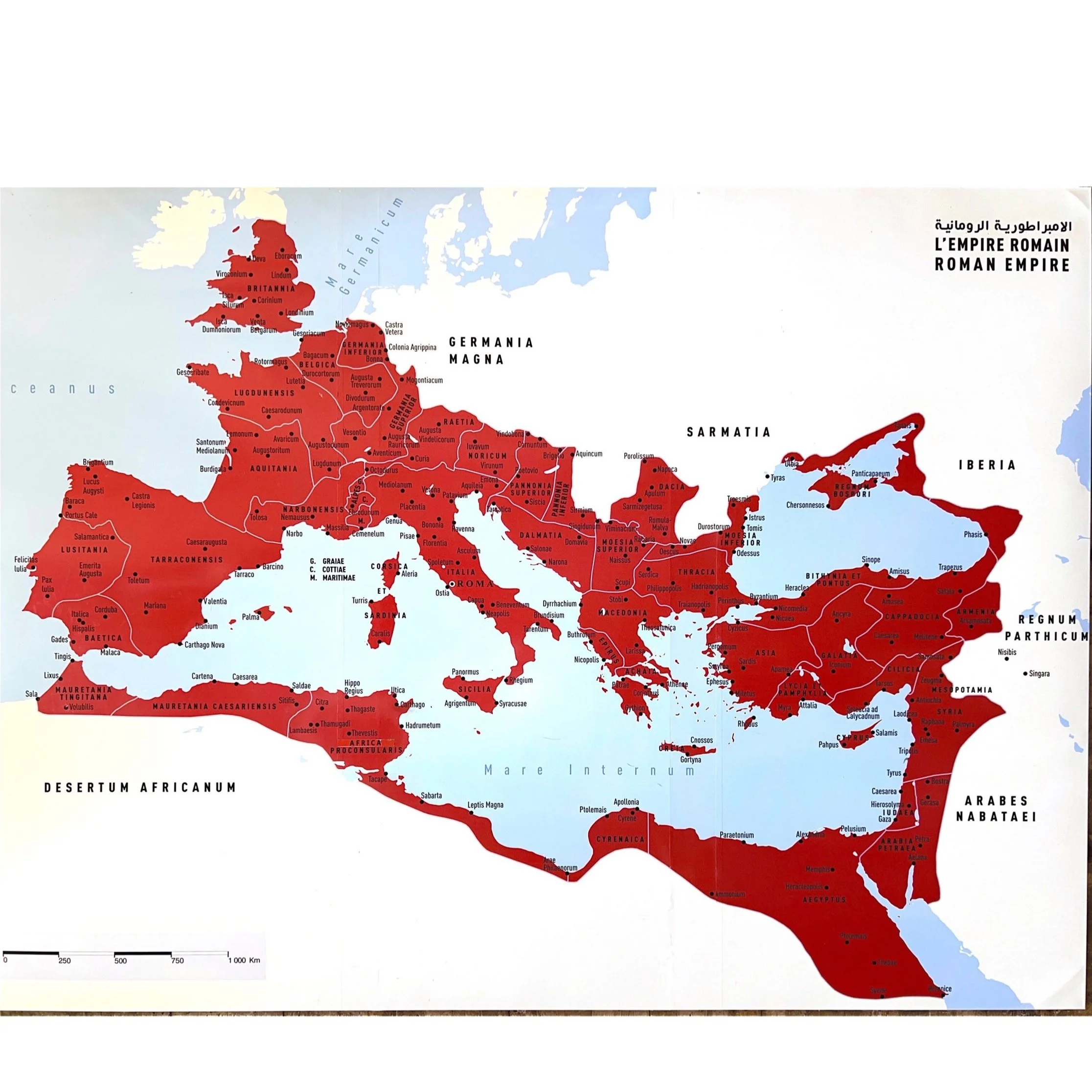
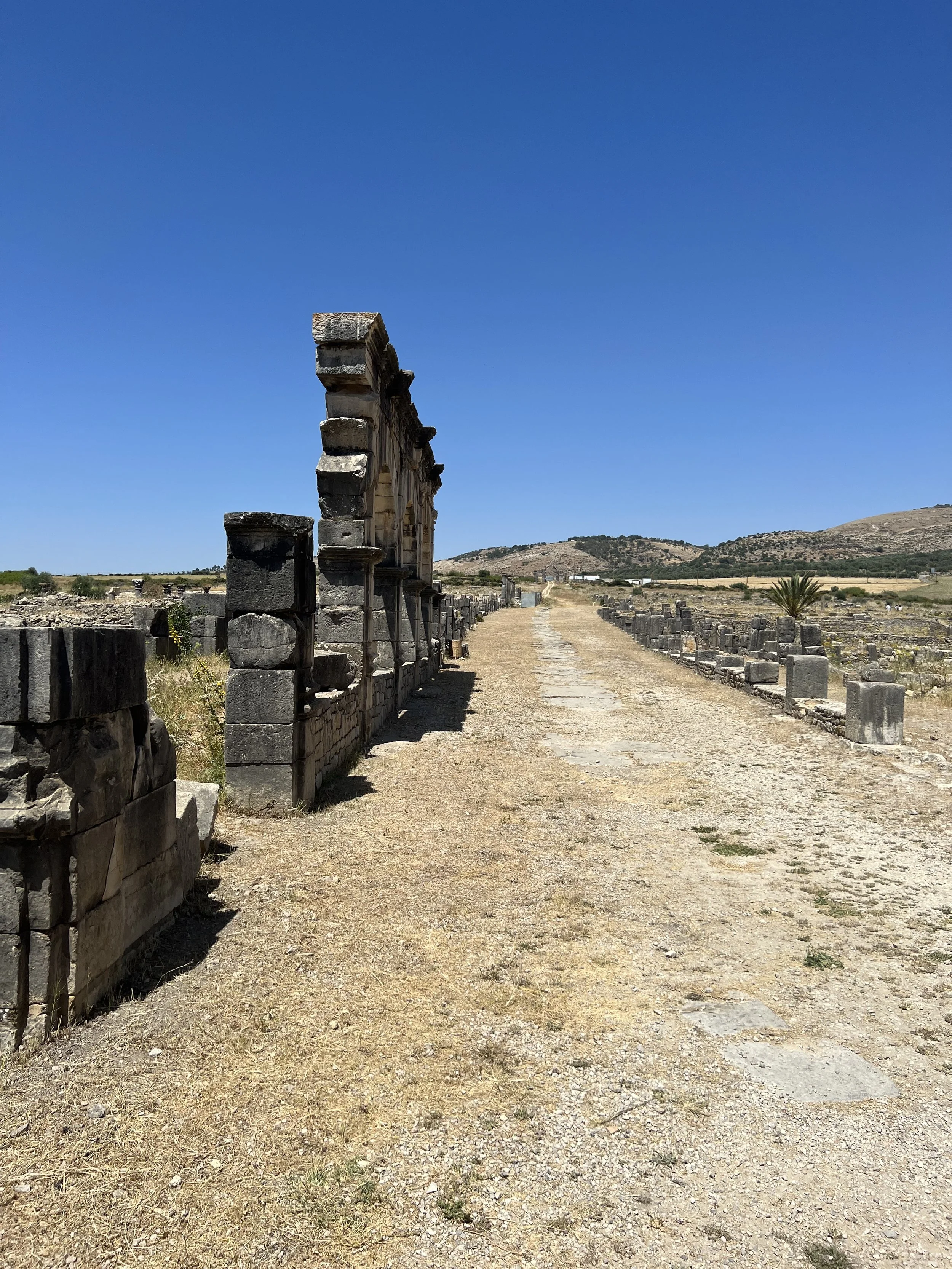
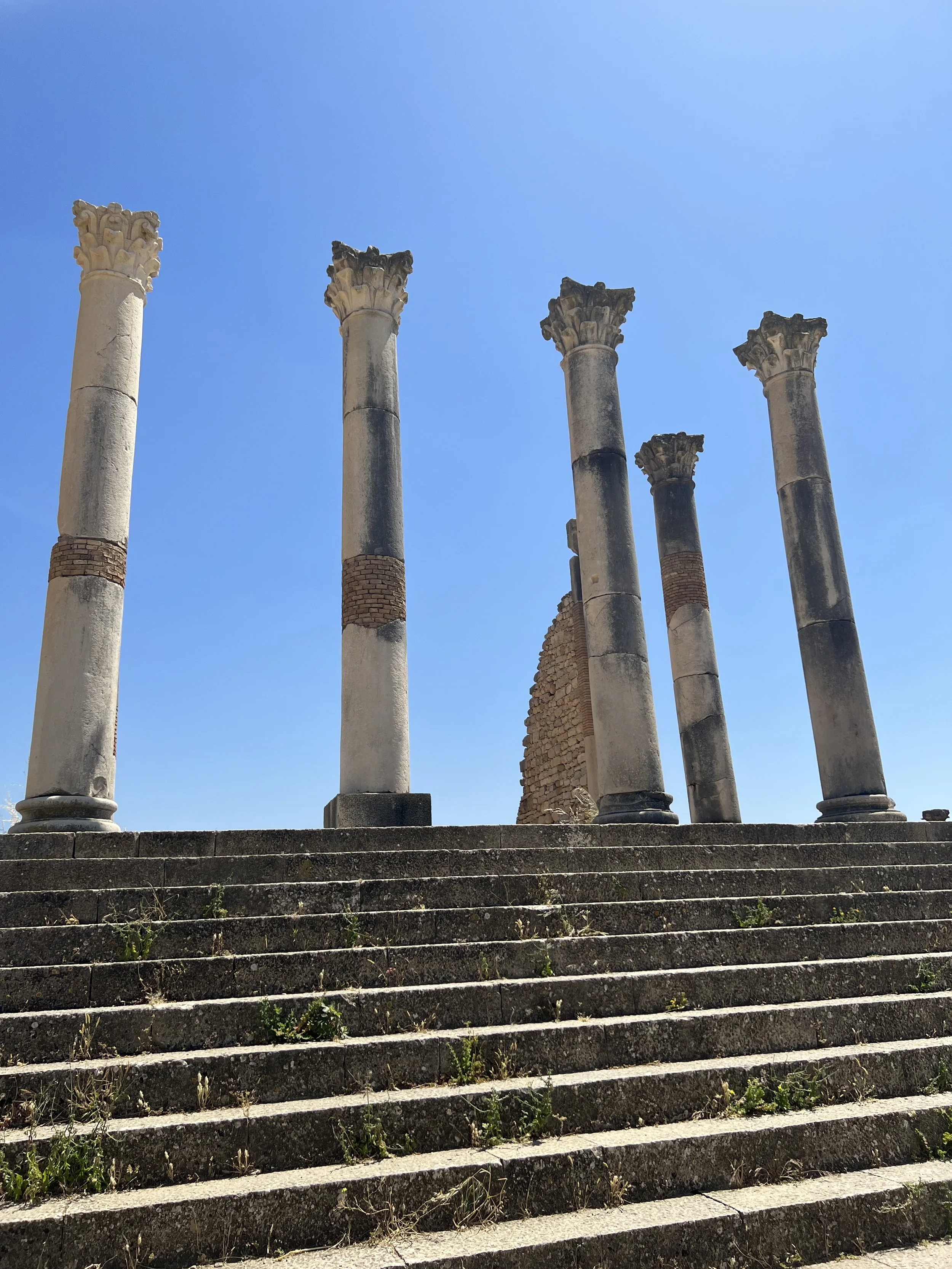
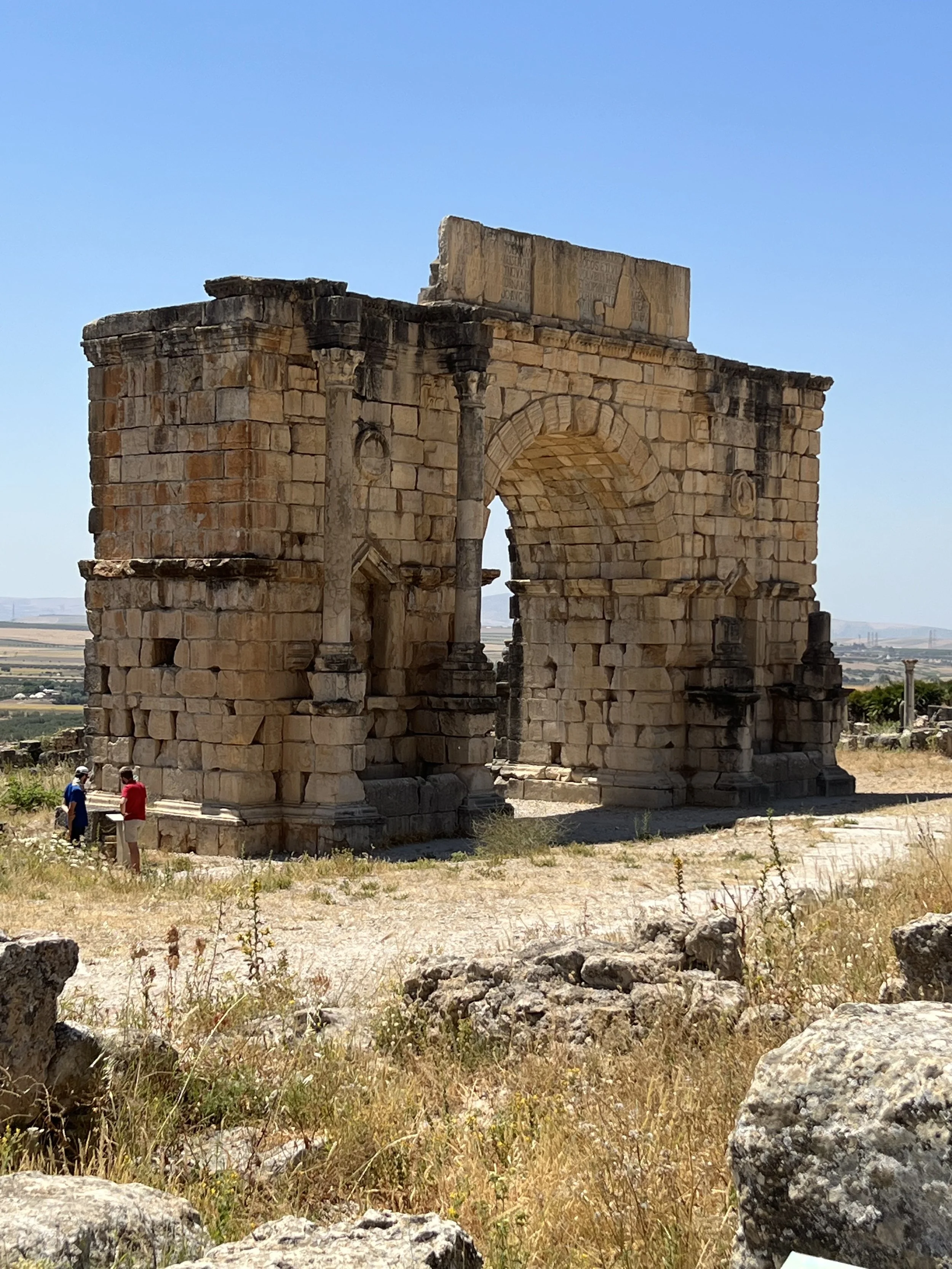
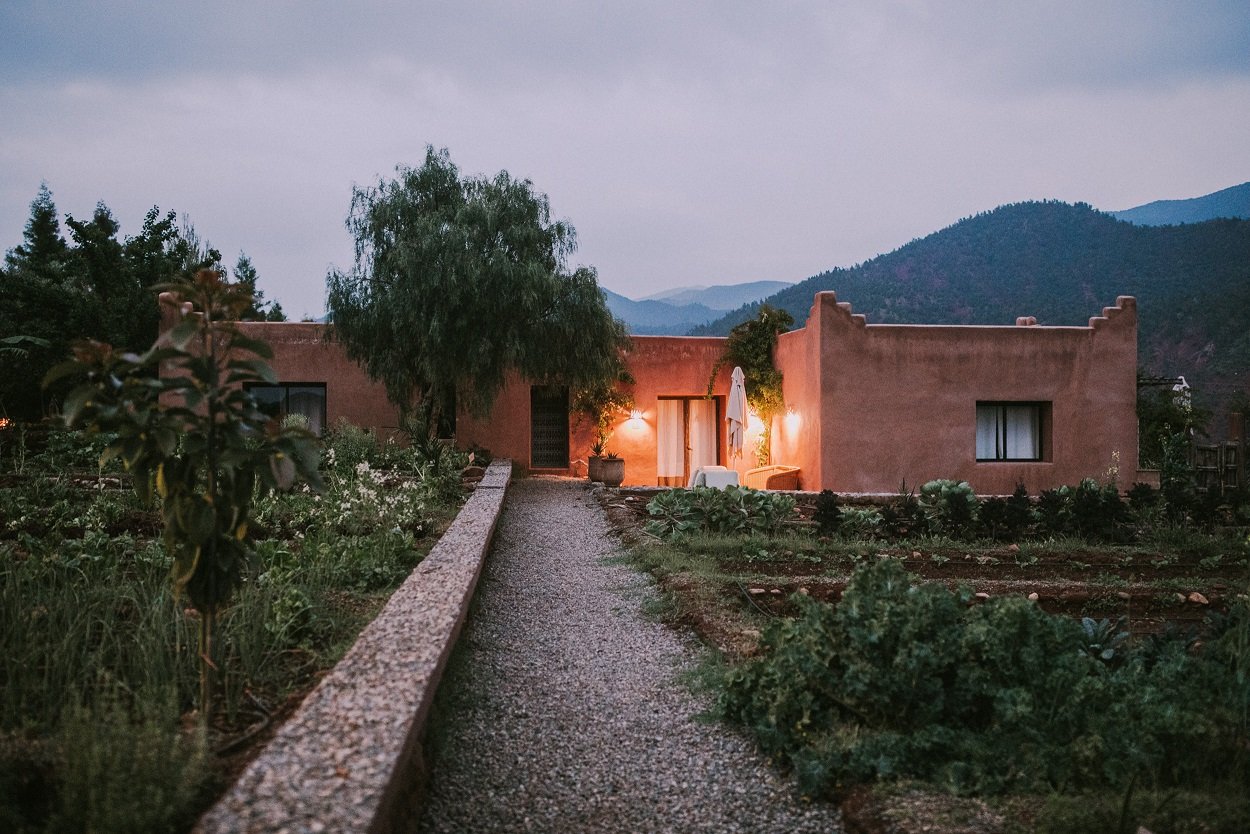

“Expertly planned Morocco journeys for culturally curious travelers.
Cobblestone’s founder, Michael Diamond, has been named to Travel + Leisure's A-List on Morocco Travel for the last 7 years. Conde Nast Traveler named him as their 2016 Top Travel Specialist for Morocco.
With nearly two decades of experience designing private travel to Morocco, we want to share our excitement and passion for this unique destination with you. We want to enchant, challenge, and inspire curious travelers. Let us design a customized itinerary that reflects your interests but also, hopefully, surprises you with unforgettable experiences that only we can arrange.”